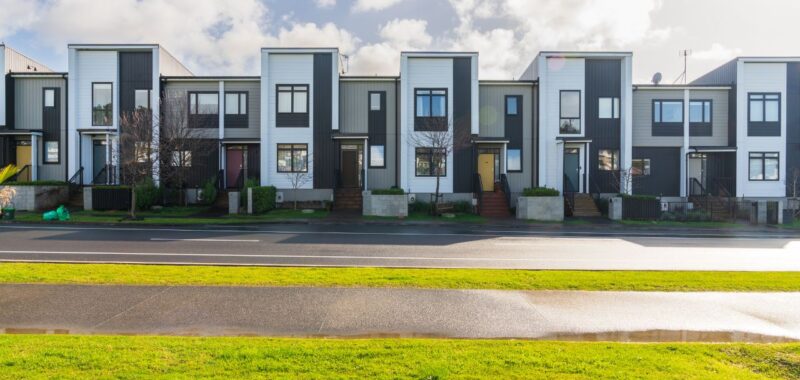According to seasonally adjusted data from the Australian Bureau of Statistics, the total number of approved dwellings fell by 8.8 per cent in March to 15,220.
This figure remains well below the 20,000 homes per month needed to meet the federal government’s goal of building 1.2 million new homes by 2029.
The sharpest decline came from apartment approvals, which fell 27.4 per cent to 3,055 dwellings. Victoria experienced the most notable drop, with approvals falling from 2,294 in February to just 671 in March. Approvals for standalone homes also dipped by 4.5 per cent.

Property Council of Australia Group Executive Policy and Advocacy Matthew Kandelaars said the latest data underscores the ongoing challenges in meeting Australia’s housing targets.
“March saw a fall in approvals across all housing types, with a particularly stark fall in apartment approvals reflecting the challenges faced to hit our national housing target,” Mr Kandelaars said.
“Apartment approval data is volatile, but their long project timelines need stable tax and planning policies. Certainty is critical when these projects take years to build.”
He added that issues beyond the planning stage are also hindering progress.
“Even once a project is approved, labour shortages, state-based development-killing taxes and elevated construction costs are all putting pressure on new housing starts. We need an ‘all-in’ approach to turn these figures around.”
Despite the current slowdown, Mr Kandelaars said the groundwork has been laid for future improvement.
“The past three years have established the strong foundations for Australia to build more homes, and with the election behind us, now it is time to shift to the delivery phase.
“We look forward to early industry engagement to get the detail of the government’s election commitments right and to maximise their housing benefits right across the country.”

